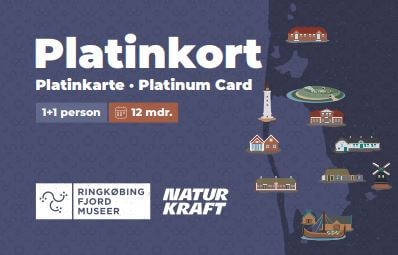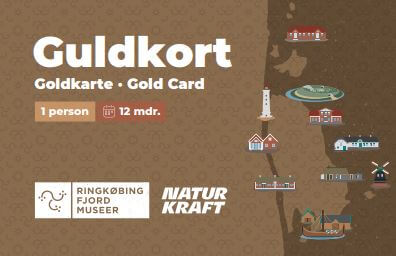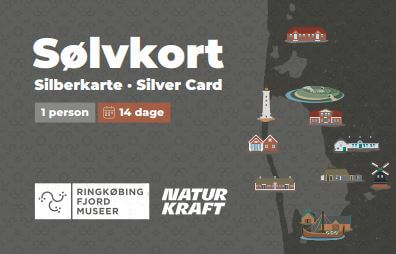
"Lebensraum" was what Hitler thought the Germans were getting when he blew the non-aggression pact between Germany and the Soviet Union and declared war. What Hitler didn't count on was that the Soviets would quite literally fight to the last man: Stalin could keep sending more and more soldiers. Soon the Germans found themselves in a two-front war - the Soviets to the east and Britain to the west. In an attempt to free up more soldiers for the Eastern Front, Hitler ordered the construction of the Atlantic Wall: from southern France to northern Norway, the defensive wall against the West was to be built. In Denmark, the Atlantic Wall stretched from Skagen to Southern Jutland, with Hanstholm and Esbjerg as the main centers of gravity.
The beach at Houvig now hosts bathers every summer, and tourists now stroll between the bunkers. But even though the area today is bustling with tourism, it still tells a story of war and of an occupied Denmark.
The Houvig Fortress, or Kryle-Ringelnatter position, built in 1943-45, was part of the Nazi Atlantic Wall with 50 bunkers, including radar bunkers, observation bunkers, crew bunkers and gun positions. And the concrete blocks that have become such a prominent part of the West Coast today have many lives on their conscience: it was from Houvig that the Germans were able to spot British planes coming from and returning to England with deadly bomb loads.
Find us here:
Sortebærdalen 65
6950 Ringkøbing
Mail: info@ringkobingfjordmuseer.dk
Telephone: +45 97 36 23 43
595 kr

12 months free access to all our museums
1 person + 1 companion
Can be used for Bork Viking Market and Lokes Aften
Member benefit at Universe
395 kr

12 months free access to all our museums
1 person
Can be used for Bork Viking Market and Lokes Aften
Member benefit at Universe
295 kr

14 days free admission to all our museums
1 person
Can be used for Bork Viking Market and Lokes Aften
Member benefit at Universe